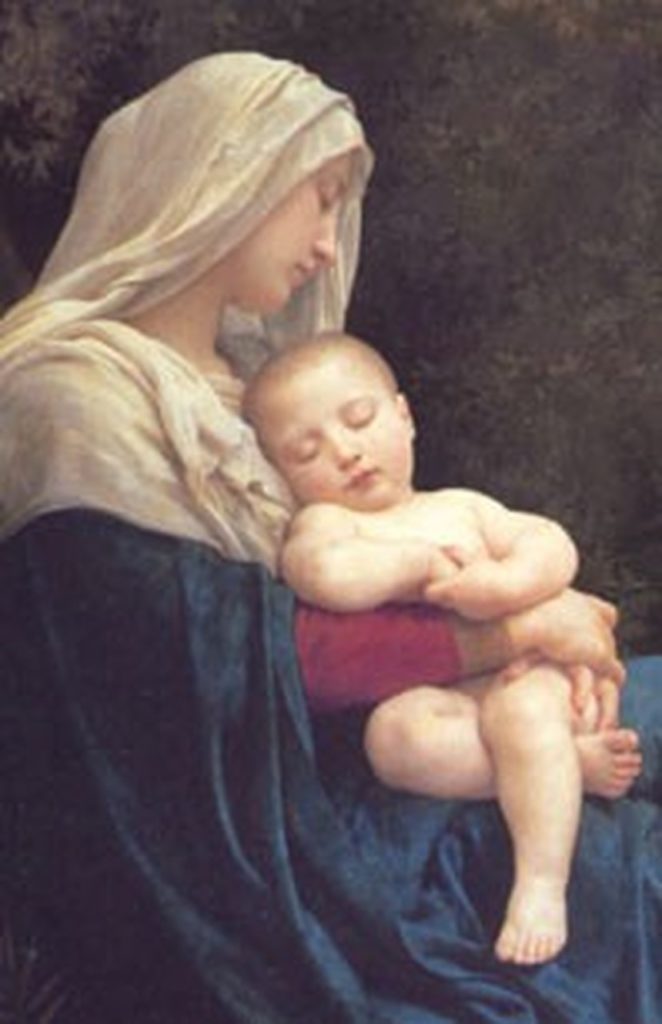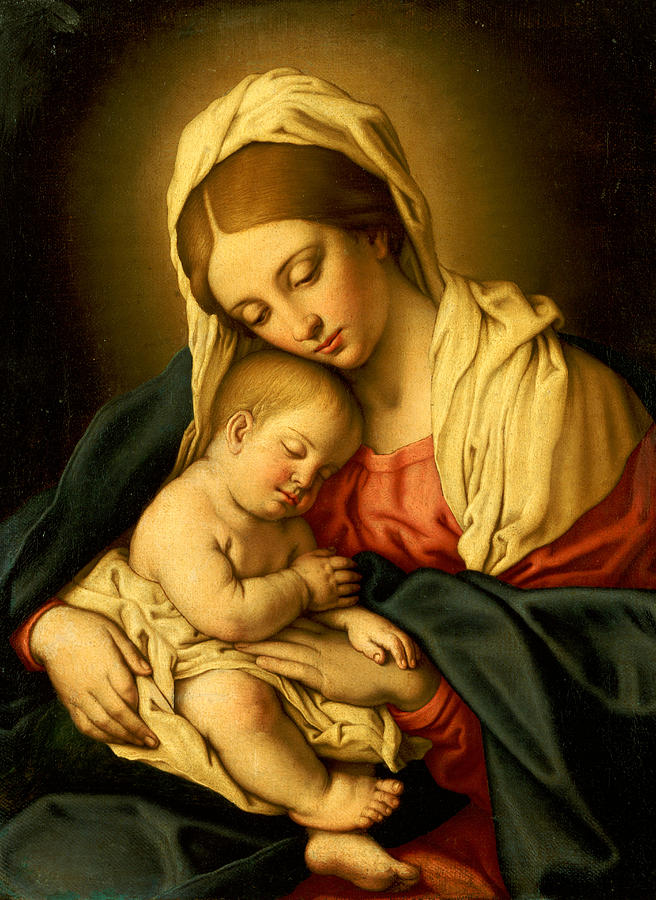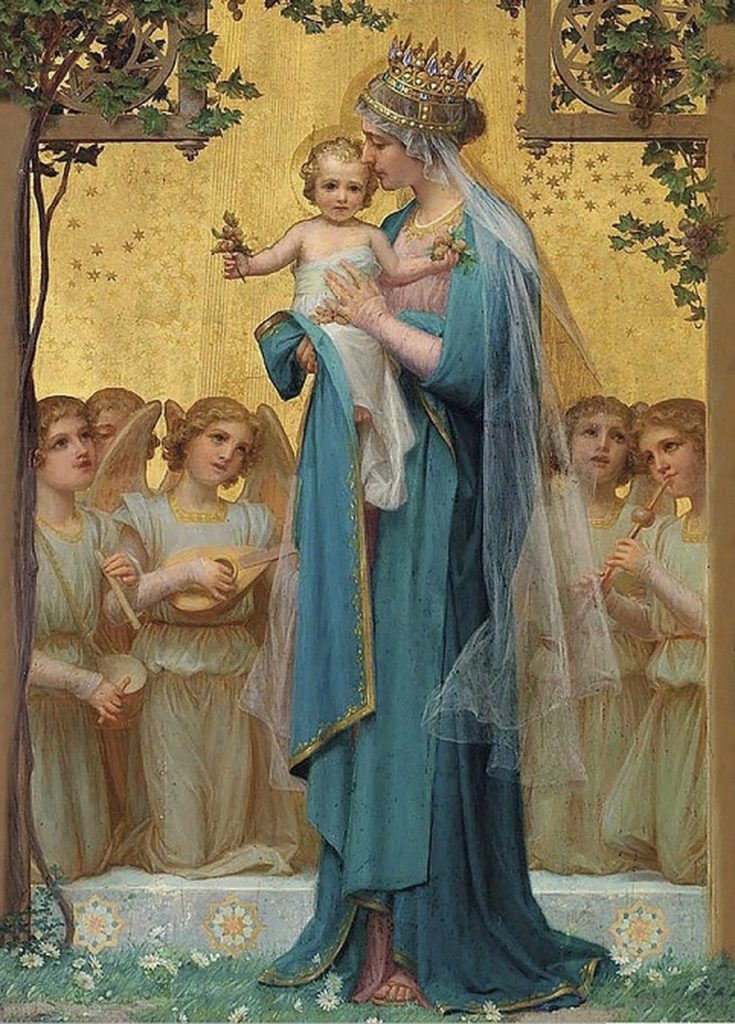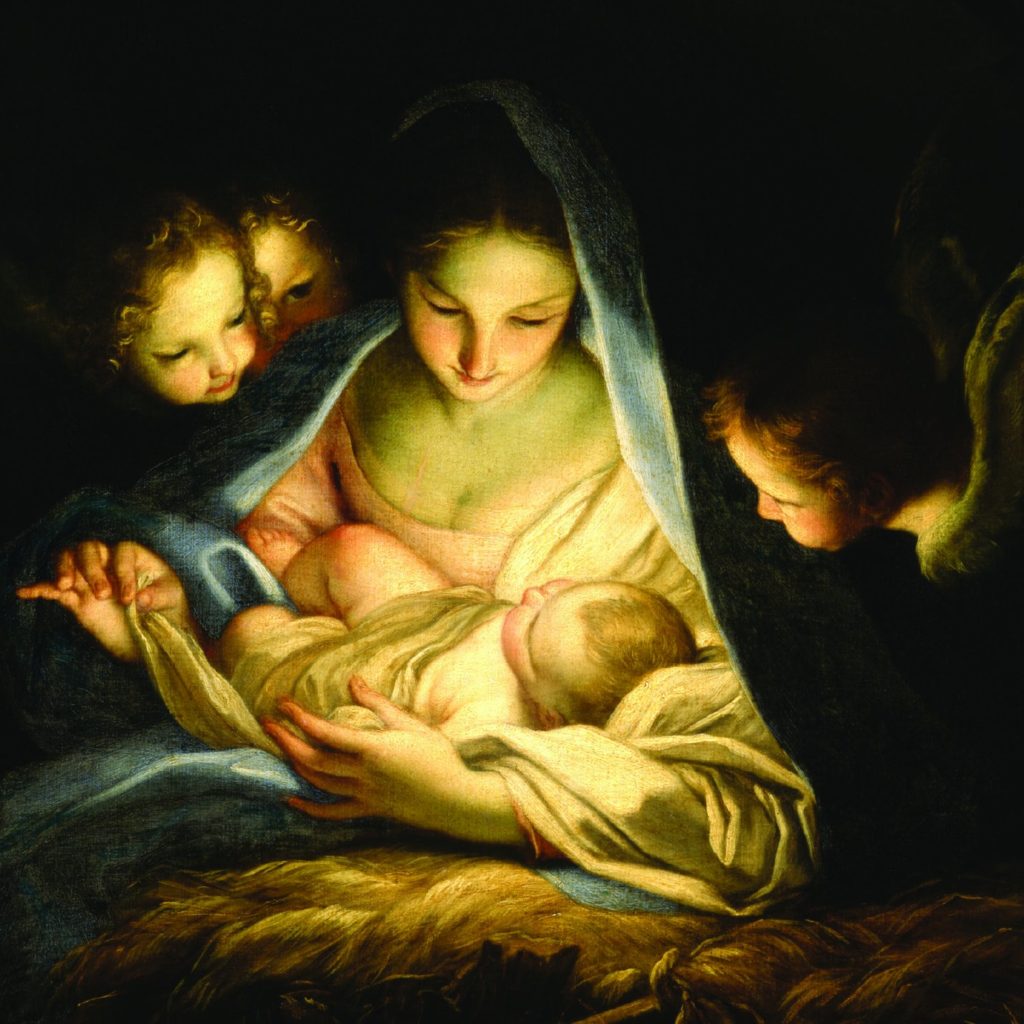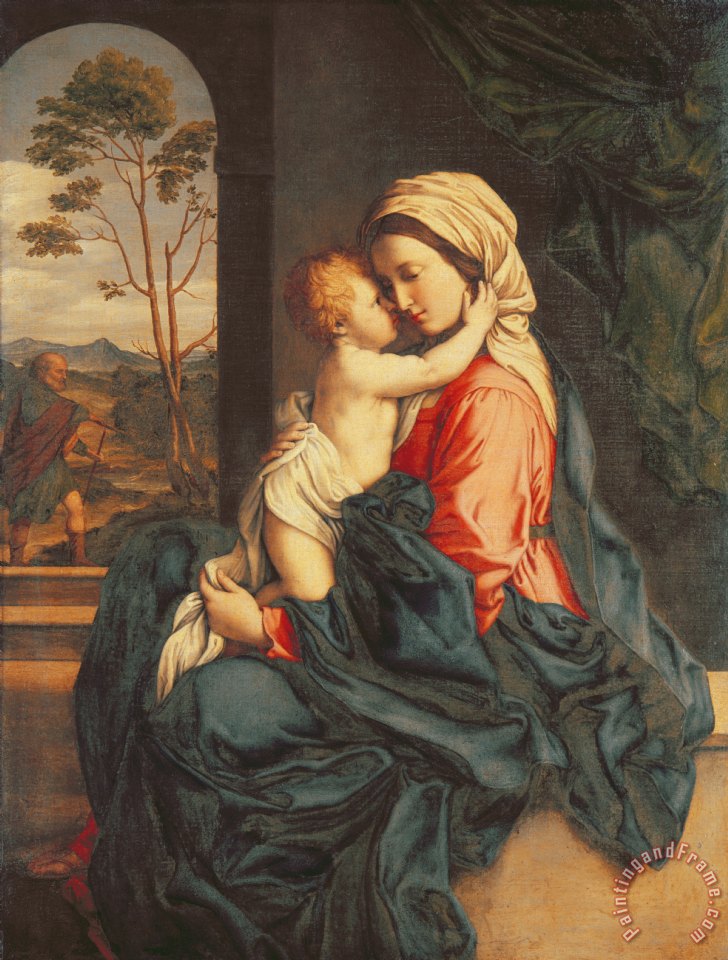Can love be directional?
I don’t mean can our love simply be directed at another being. That seems clear enough. We can point our love toward someone, or something, we care for. What I mean is can love have a spatial direction too? Have you ever heard of love being upwards, downwards, or sideways? What would love look like if it was?
What led me to think of this question this year was a meditation on Advent that I had never had before, and I’d like to share the fruits it brought me with you too. Anyways, this year, for the first time in my life, I have found myself able to picture the details and emotions of the nativity scene with a new sense of their connection to our own reality. This hasn’t been from any major milestones in my own life, but from being around a few dear friends as they welcomed their first children into quickly budding families. It was the first time that I was able to see how a mother and father look down upon a growing soul with eyes of pride and gentle concern. Or perhaps I only should say that it was the first time I have properly noticed this image of love as one can often under-appreciate the love of one’s own parents when it can’t always be witnessed with such perspective. I hope my parents know how grateful I am for their love, even more so now that I have witnessed this.

(And credit to the watermark daemons).
But, after seeing this direction of love in so many people, I recognized this as the kind of love I had always envisioned God to have. A love that looks ‘downwards’ in a sense. For what ever reason, the imagery of God and heaven being a place ‘above’ us has always persisted, whether it be understood with either a literal or metaphysical interpretation. Yet in this way, I had always envisioned God the Father’s love as one of healthy pride and concern for His creations, just like a parent delights in watching their child grow or a shepherd carefully looks after a flock. However, I had not really considered whether God looked in any other directions. What indeed could be above God for Him to look at?
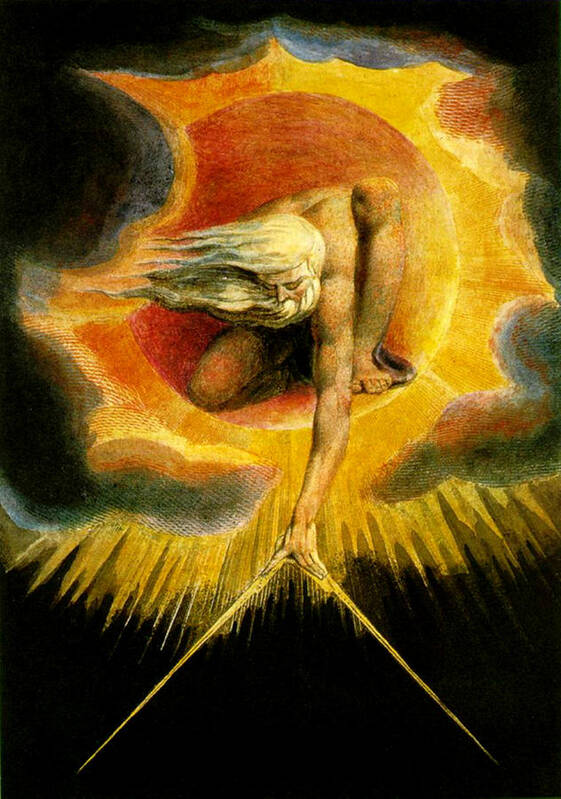
But, as I spent more time in the company of my friends and their newborns, I saw up close a different kind of love that little ones had toward their parents. Instead of a rather complex love coming from above, I saw a wordless love of admiration, one that expressed the awareness of an instinctual bond, and one that literally pointed upwards as they lifted their eyes, looking for the reassurance of their parents’ faces or just out of adoration for their favorite people.

Seeing this up close for the first time led me to muse that the newborn Jesus must have expressed this very same love at least for his holy mother and quite possibly St. Joseph as well; he must have had a love that looked upwards! On this day, the Feast of the Immaculate Conception, it seems more edifying than ever to remember that God’s love is omni-directional. Not only does God look downwards upon his creations in the same way that a parent delights to see their children grow and walk on their own, God also loves his creatures, and the pure hearts they may still become, so much as to let Himself be completely sustained and protected by them. He looks upwards toward his mother with admiration for her beauty and sensitivity to inseparable bond that they share.
This simultaneously upwards and downwards love seems certainly paradoxical in some sense, but so is the very nature of the Son’s existence as both human and divine. What this meditation inspired by my friend’s families taught me was to remember the miracles of Mary’s yes and Christ’s incarnation with concrete significance. This season can help us to commune with more than the abstract concept of Christ’s coming to this world. If we are willing, it may also show us the vulnerable physicality of Christ’s own life and of his bond to humanity.
To use a well known art motif, many depictions of the Madonna and Child portray the face of the newborn Jesus or his mother with a look of seriousness or even advanced age as a sign of the death that must always follow after birth, a foreshadowing of Christ’s crucifixion. Though this is a beautiful message in its own way, let us also not forget to see the hours-old Jesus who looked up in wonder and joyful admiration toward to faces that welcomed Him warmly into this world (a depiction which some artists also choose for their portrayals of the Madonna and Child). It is an image that we still see in our own lives, in the eyes of many newborns and their parents today.
Postscript: I suppose next time I will have to think about how God’s love is ever sideways.. But perhaps sideways love works best when given to sideways people, and are not all of us a bit ‘sideways’ in some way or another? Not even Jesus’ apostles can escape that categorization.

